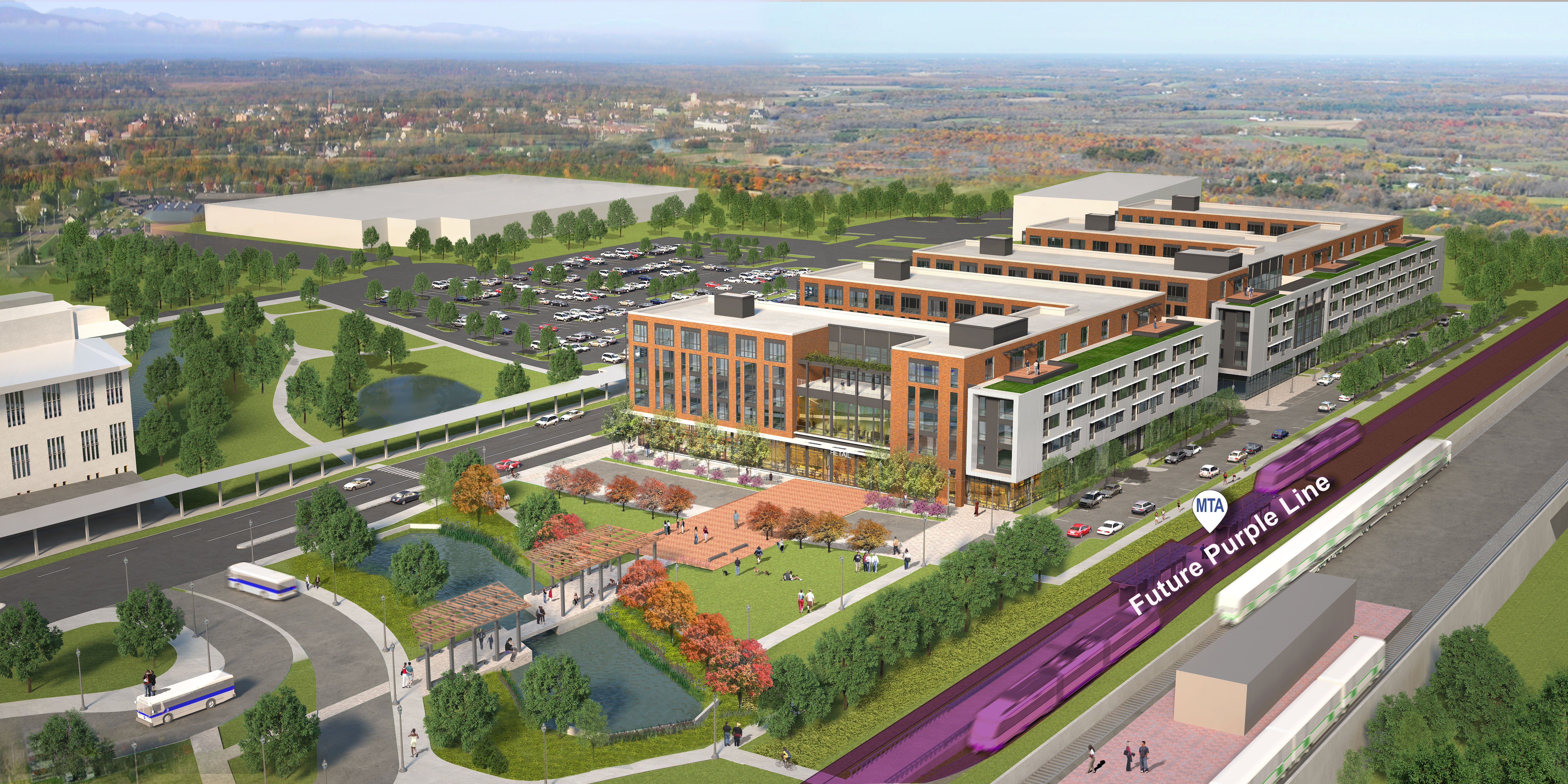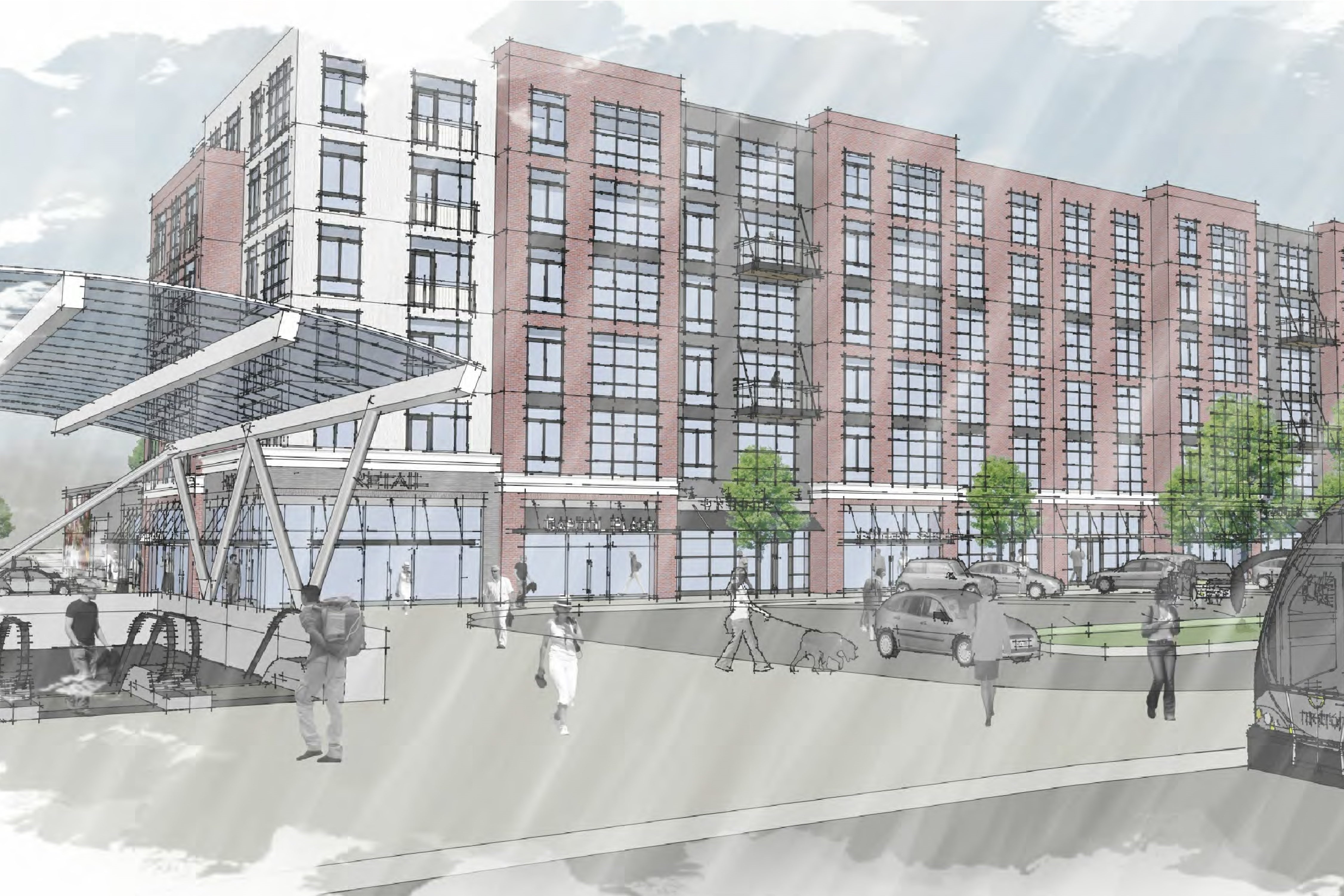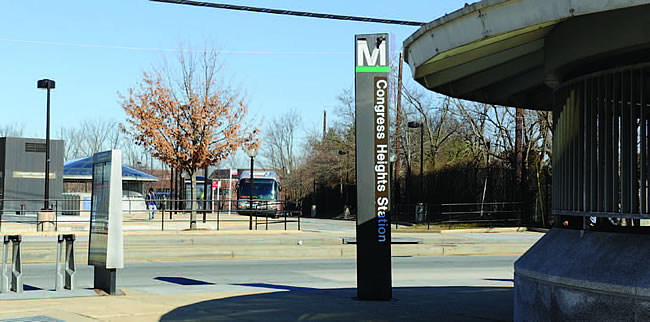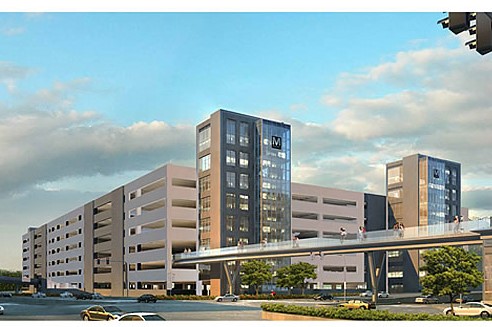About
Learn about WMATA Bonds including our Sustainability, News & Press Releases, Projects, and Team.
Talk to us
Have questions? Reach out to us directly.
Learn about WMATA Bonds including our Sustainability, News & Press Releases, Projects, and Team.
About WMATA Bonds
- Dedicated Revenue Bonds Ratings
- AA/AA/AA+
The Washington Metropolitan Area Transit Authority (Metro) was created by an interstate compact in 1967 to plan, develop, build, finance, and operate a balanced regional transportation system in the national capital area. Metro began building its rail system in 1969, acquired four regional bus systems in 1973, and began operating the first phase of Metrorail in 1976. Today, Metrorail serves 91 stations and has 117 miles of track. Metrobus serves the nation's capital 24 hours a day, seven days a week with 1,500 buses. Metrorail and Metrobus serve a population of approximately 4 million within a 1,500-square mile jurisdiction. Metro began its paratransit service, MetroAccess, in 1994; it provides about 2.3 million trips per year.
Image Gallery
Sustainability
Learn about our environmental, social, and governance program, and how we bring those values to life with green bonds, sustainable projects, and more.
News
News
December 3, 2025
Loudoun’s Board of Supervisors last night endorsed a workplan formed by regional leaders to address capital project funding challenges faced by Metro in the coming years.
The transportation system spans Washington, DC, Maryland and Virginia.
Metro has separate budgets for its operating expenses and capital expenses. This year, the Washington Metropolitan Area Transit Authority board approved a $2.5 billion fiscal year 2026 operating budget. That budget is funded from fares and other revenues, and is also subsidized by the District of Columbia, Maryland and Virginia.
The capital budget funds projects that help maintain and improve the system and the system. In 2018, the Metro’s funding partners established the agency’s first dedicated capital funding source that provides $500 million a year, but since the funding is a fixed amount, it has lost purchasing power over the past seven years.
DMVMoves, led by the WMATA and the Metropolitan Washington Council of Governments was formed to develop a new plan. Over the past year and a half, the task force has been meeting to address the problem. That effort involved garnering agreement across a wide range of stakeholders—chambers of commerce, state senators and delegates, county administrators including Loudoun’s Tim Hemstreet, local officials including Loudoun Chair Phyllis Randall (D-At Large) and transportation experts.
In November, the task force published a work plan that identifies the need for $460 million a year in additional capital funding for Metro. It recommends contributions grow at 3% each year to keep up with inflation.
Virginia’s portion of the proposed additional funding, based on the current formula, is $142 million with $5.96 million coming from Loudoun. That would bring the total Loudoun contribution to Metro’s capital fund to $13.6 million, with $7.34 million already earmarked from the county’s gasoline sales tax revenues. Those are tentative numbers and subject to change as plans are more firmly laid out.
Council of Governments Executive Director Clark Mercer presented the plan to the Board of Supervisors on Tuesday night.
“DMVMoves sought out to do two things: one, to look at how we can better coordinate between all of our transit providers and provide better efficiencies and service to the riders. And two, look at funding. And that funding that we’ll get into looks at all transit in the region, but it's largely focused on Metro,” Mercer said.
The funding needs to be enough to support Metro’s needs and allow the organization to put money into bonds, pay off those bonds and issue new bonds in an evolving manner, while still being sustainable for the localities and states.
“That $460 million is split between the three states and the three states pay their Metro bills differently. In Maryland, the bill goes up to Annapolis, and their share of the bill is 100% paid out of state tax dollars. Obviously in DC it gets paid in full. And here in Virginia, typically, that bill is split 50% between state and 50% between the localities,” Mercer said.
Loudoun supervisors voted unanimously to endorse the plan, which includes supporting legislation necessary to secure the additional funding at the state level. That funding must be available to Metro in advance of reaching its debt capacity limit in fiscal year 2029.
Randall praised the team’s work developing the plan, calling it a “very heavy lift and very arduous process."
“The goal is, of course, that this $460 million will have a 3% increase year over year, and so this is sustainable, bondable money. If we don't find sustainable, bondable money, we're
going to be back here in five years and eight years to 10 years, doing this again. And when we think about how important the Metro is to the entire region, it is important to get this done now, once and for all, to get it done right once and for all,” Randall said.
Supervisor Matthew F. Letourneau (R-Dulles), who served on Metro’s Board of Directors for years until resigning this summer, said the work to review Metro’s finances was an important part of the effort.
“I grew increasingly confident in Metro's finances and our sort of institutional framework coming out of a tough period, but others didn't see and didn't have access to the information that I did in my conversations with staff and things like that,” he said. “And so it really was important to have a group that came in and validated what Metro was saying in terms of what the needs are, in terms of how the money's being spent. The capital delivery program, for instance, even from the time that I was on the board, dramatically in terms of efficiency, delivering projects on time under budget, in some cases. So those things were happening, but we needed a group to come in and really verify it, so it wasn't just a measure of saying that was happening. And that's what this this effort did, as well as kind of coalescing around the strategy.”
The initiative will be taken up by surrounding jurisdictions as well ahead of the 2026 General Assembly session.
News
November 24, 2025
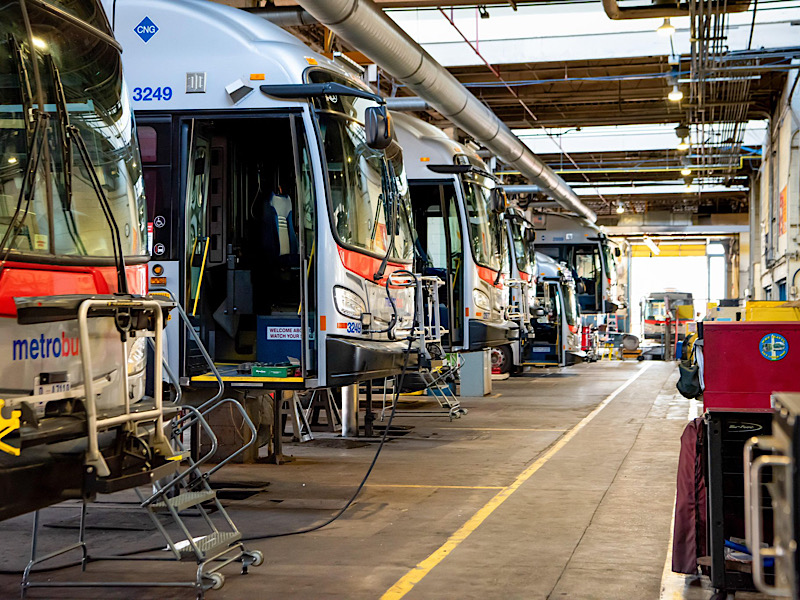
Metro has secured more than $50 million in new federal funding to modernize its bus fleet, the Federal Transit Administration (FTA) announced Wednesday. The agency will receive $50,322,380 through the FY 2025 Low or No-Emission Grant Program, supporting the purchase of 50 new 40-foot diesel-electric hybrid buses.
The new vehicles will replace aging buses that have exceeded their useful life and will be deployed throughout the National Capital Region. Metro officials say the investment will improve service reliability, enhance safety, and reduce emissions across one of the nation’s busiest transit systems.
“This federal investment allows Metro to continue modernizing our fleet and delivering better, more dependable bus service across the region,” Metro General Manager and CEO Randy Clarke said. “Replacing older buses with new hybrid vehicles means improved reliability for customers, lower emissions for our community, and continued progress toward a more efficient transportation system.”
Metro Board Chair Valerie Santos called the grant a significant boost to the region’s long-term mobility goals. “Investing in cleaner, newer buses strengthens the entire region,” Santos said. “This funding helps ensure Metro can continue providing safe, high-quality service while advancing efficiency and supporting the mobility needs of our growing region.”
The Low or No-Emission and Buses and Bus Facilities programs provide funding to transit agencies nationwide to upgrade and expand fleets, reduce congestion, improve safety, and support workforce development. Federal officials say this latest award will help modernize the country’s transit infrastructure and expand reliable, affordable transportation options for riders in the Washington metropolitan area.
News
November 23, 2025

Metrobus riders across the region can now pay their fares with a simple tap. Metro has officially expanded its “Tap. Ride. Go.” contactless payment system to all Metrobus routes, allowing customers to use a contactless credit or debit card, Apple Pay, or Google Pay directly on bus farebox readers.
The upgrade brings Metrobus in line with Metrorail, where “Tap. Ride. Go.” launched in May. Since then, riders have already used contactless payment for more than 6 million trips. Stations with large numbers of visitors, including those serving Reagan National Airport, Dulles International Airport, Arlington Cemetery, and Navy Yard-Ballpark, have seen the highest adoption rates.
Metro General Manager and CEO Randy Clarke joined WMATA Board of Directors members, local officials, and partners at Franklin Square to celebrate the first official bus tap. “Tap. Ride. Go. reduces the barriers to transit and helps us fulfill our goal of making Metro the number one choice for travel in the region,” Clarke said. “Now all customers have to do is tap any card and ride the bus.”
Most Metrobus routes cost $2.25, while express routes cost $4.80. Riders can now receive a transfer discount when switching between Metrobus and Metrorail by using the same card. Metrobus to Metrobus transfers remain free for up to two hours.
Metro notes that while the new system is available on both rail and bus, it is not yet accepted by other local bus providers. Riders who use fare discounts, SmartBenefits, or multi-day passes must still pay with a SmarTrip card, which also remains the only way to track annual ridership statistics through Metro Rewind.
Key Information for Riders Using “Tap. Ride. Go.” on Metrobus:
• Each rider must use their own card or mobile wallet.
• Avoid “card clash” by tapping only one card, not a wallet or phone containing multiple cards.
• Customers can view trips or request refunds by entering their card number in Metro’s customer dashboard.
• Free transfers between bus and rail (a $2.25 discount) apply for trips made within two hours using the same card. The discount does not cover transfers to or from express routes.
• Metrobus to Metrobus transfers are free within two hours when using the same card.
• SmartBenefits, discounted fares, and multi-day passes continue to require SmarTrip.
For more information and a full FAQ, customers can visit wmata.com/tapridego.
Projects
Team
Talk to us
Have questions? Reach out to us directly.


